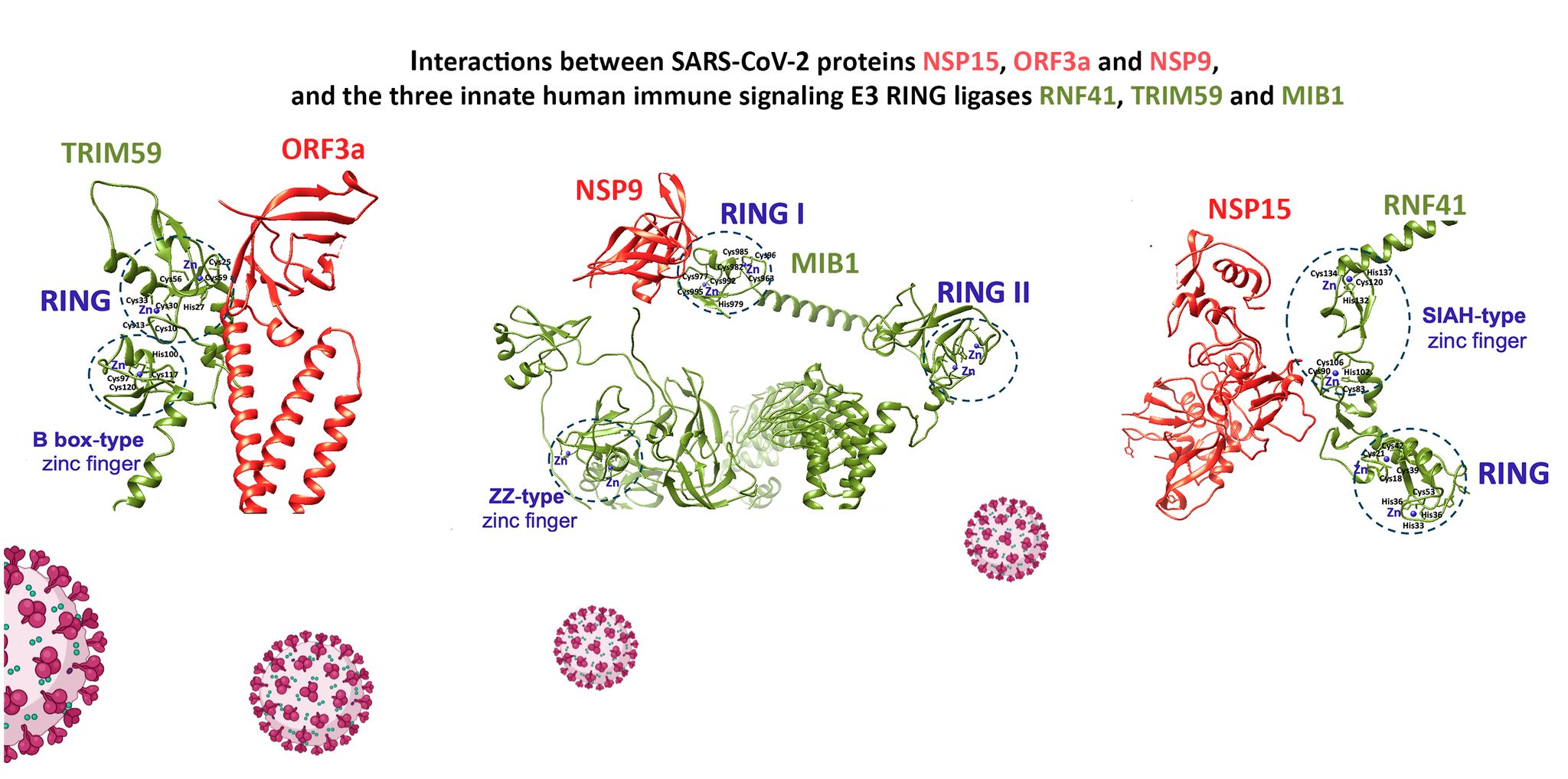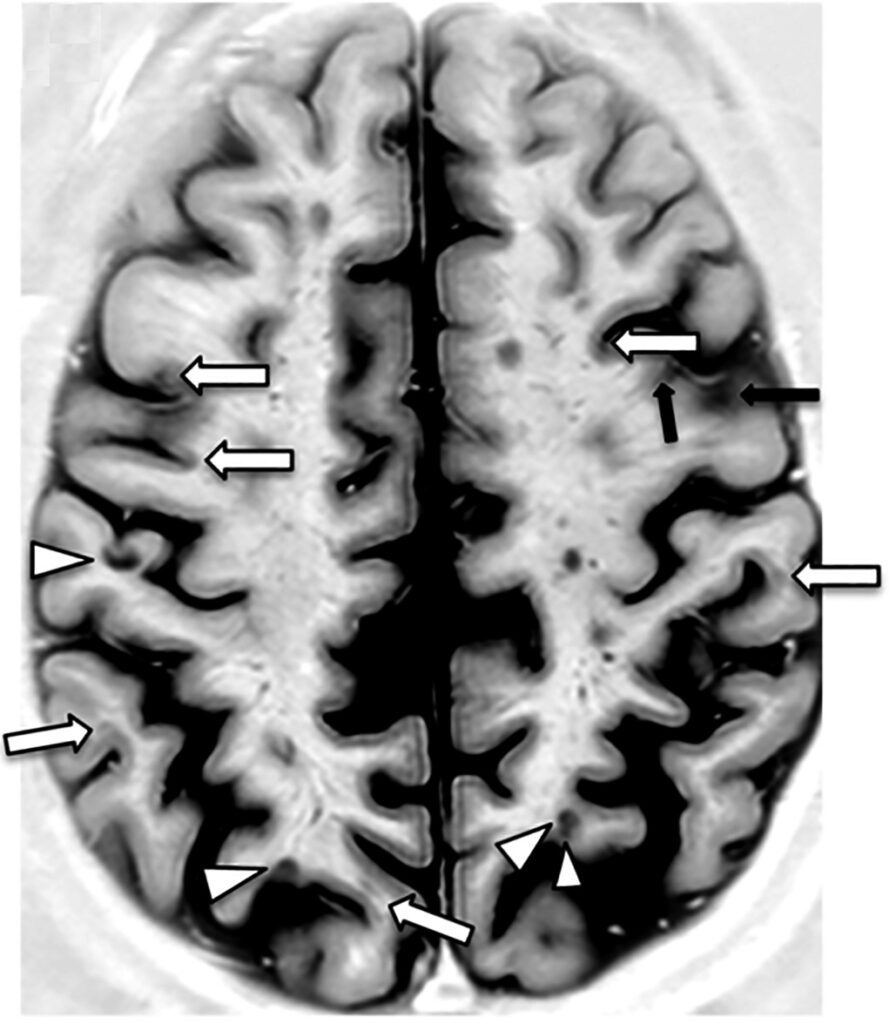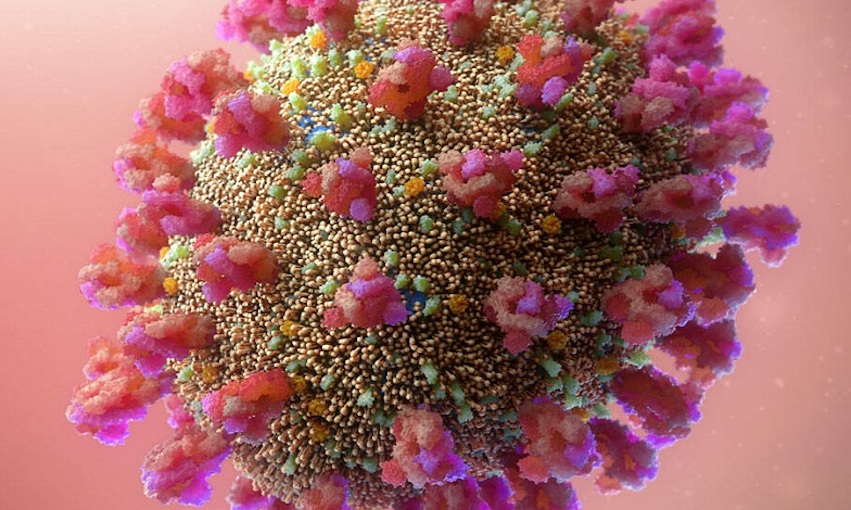
Working with researchers from Greece (Institute of Chemical Biology, NHRF) and Italy (University of Sassari), Geir Bjørklund was part of a team who identified potential inhibitors that could block the SARS-CoV-2-infection of immune cells. We found that human E3 ligases interact with viral partners through their Zn(II) binding domains. The RING (Really Interesting New Gene) mediated formation of stable SARS-CoV-2-E3 complexes indicates a critical role of RING domains in immune system disruption by SARS-CoV-2-infection. Our paper is currently being published in the Journal of Trace Elements in Medicine and Biology.
Reference
Chasapis CT, Perlepes SP, Bjørklund G, Peana M. Structural modeling of protein ensembles between E3 RING ligases and SARS-CoV-2: the role of zinc binding domains. J Trace Elem Med Biol 2022. doi: 10.1016/j.jtemb.2022.127089.


